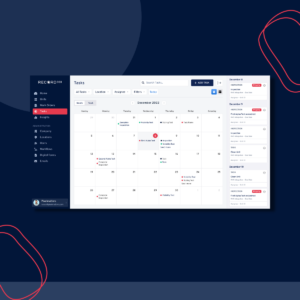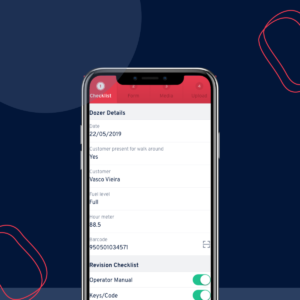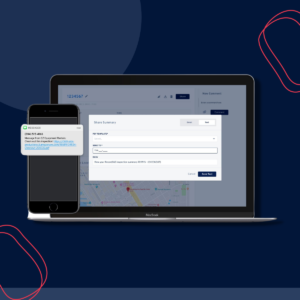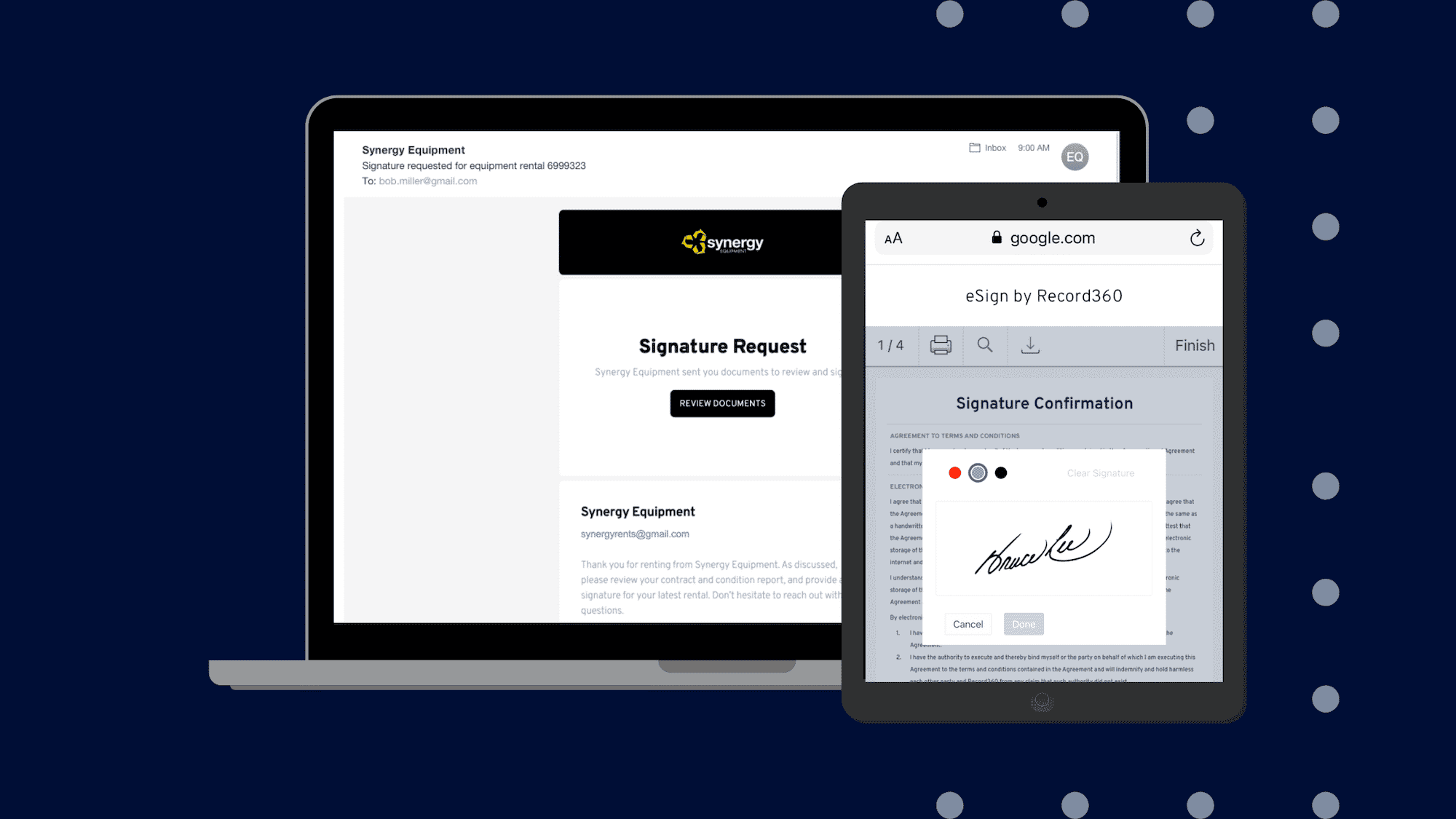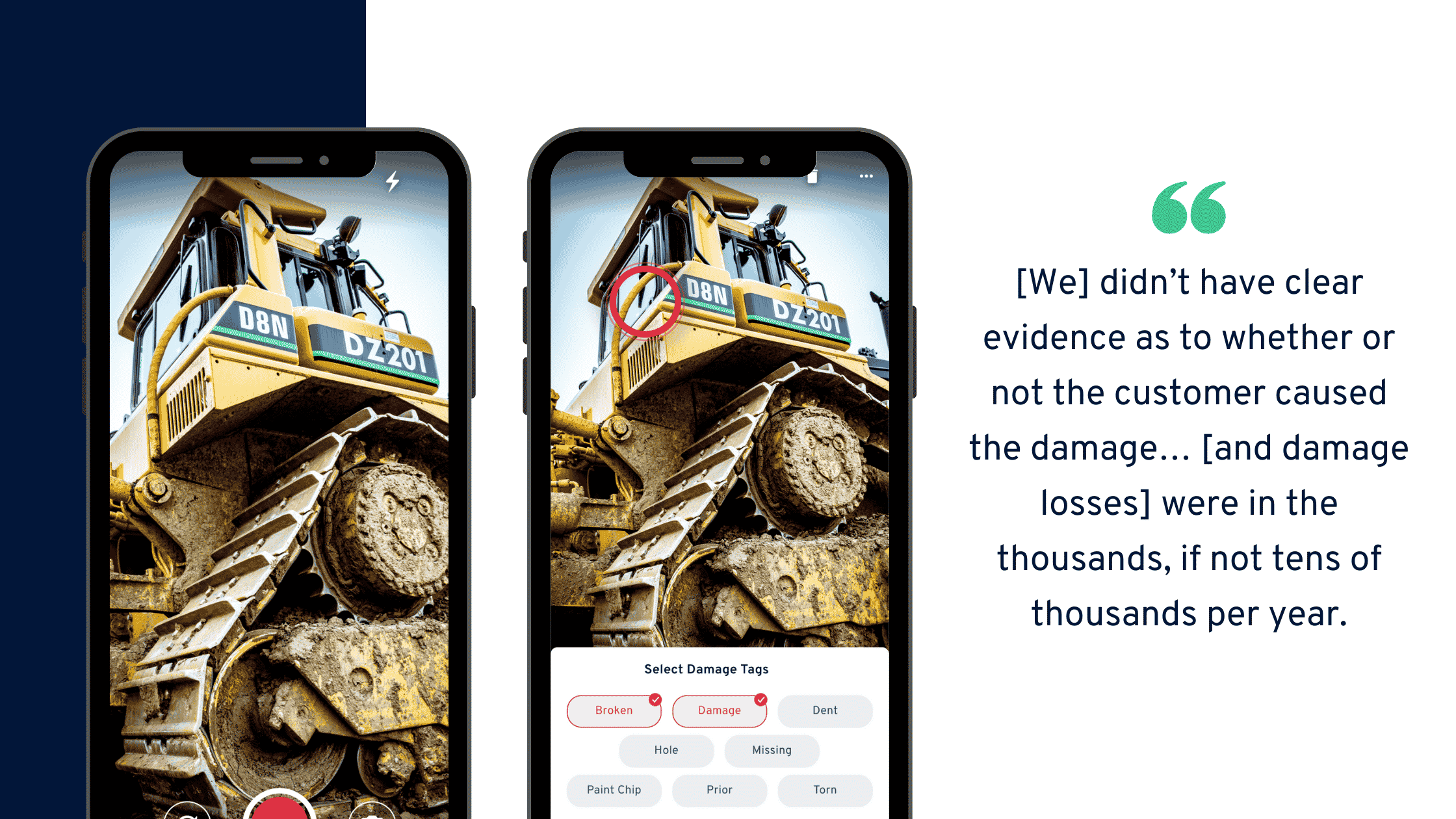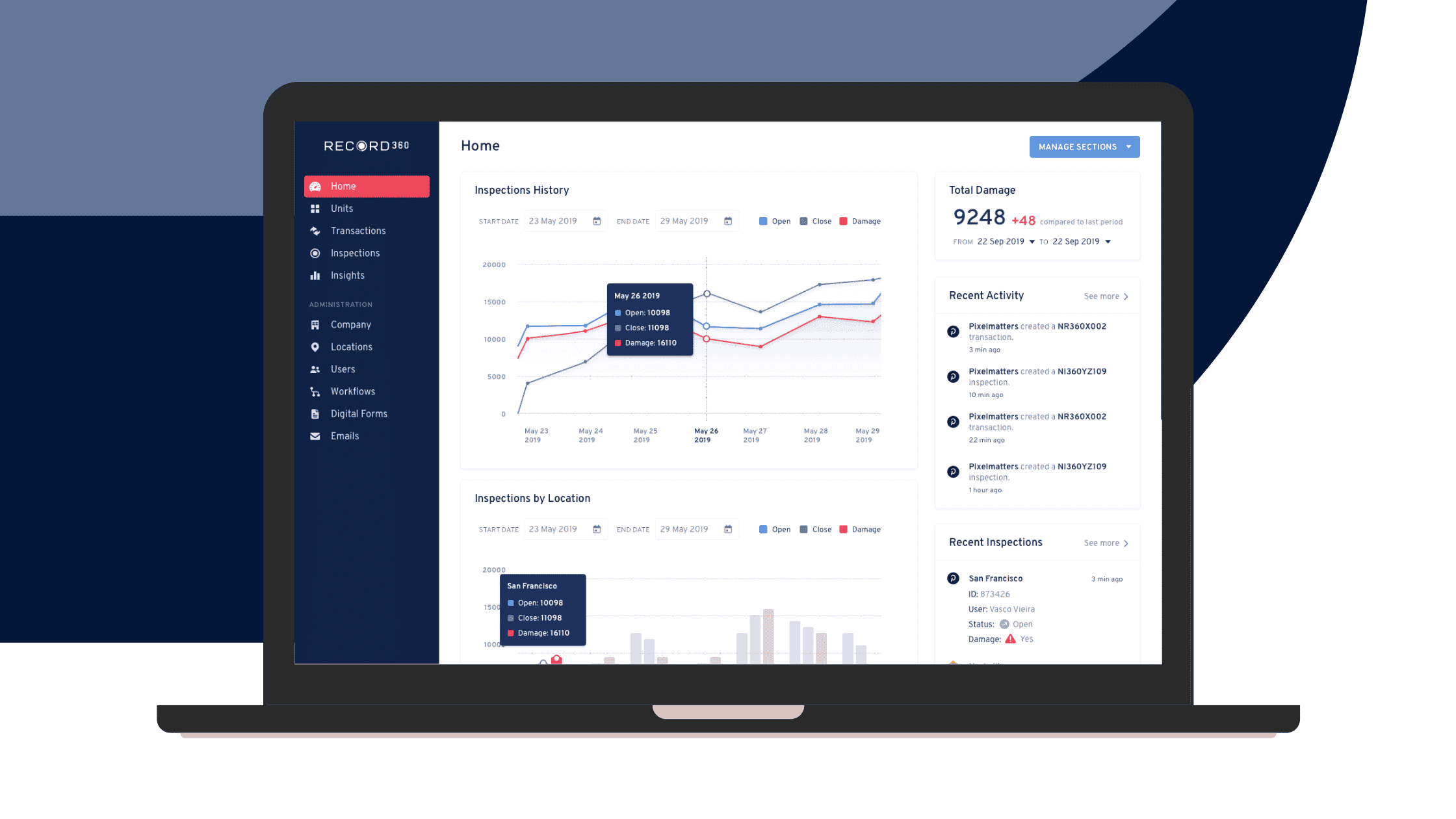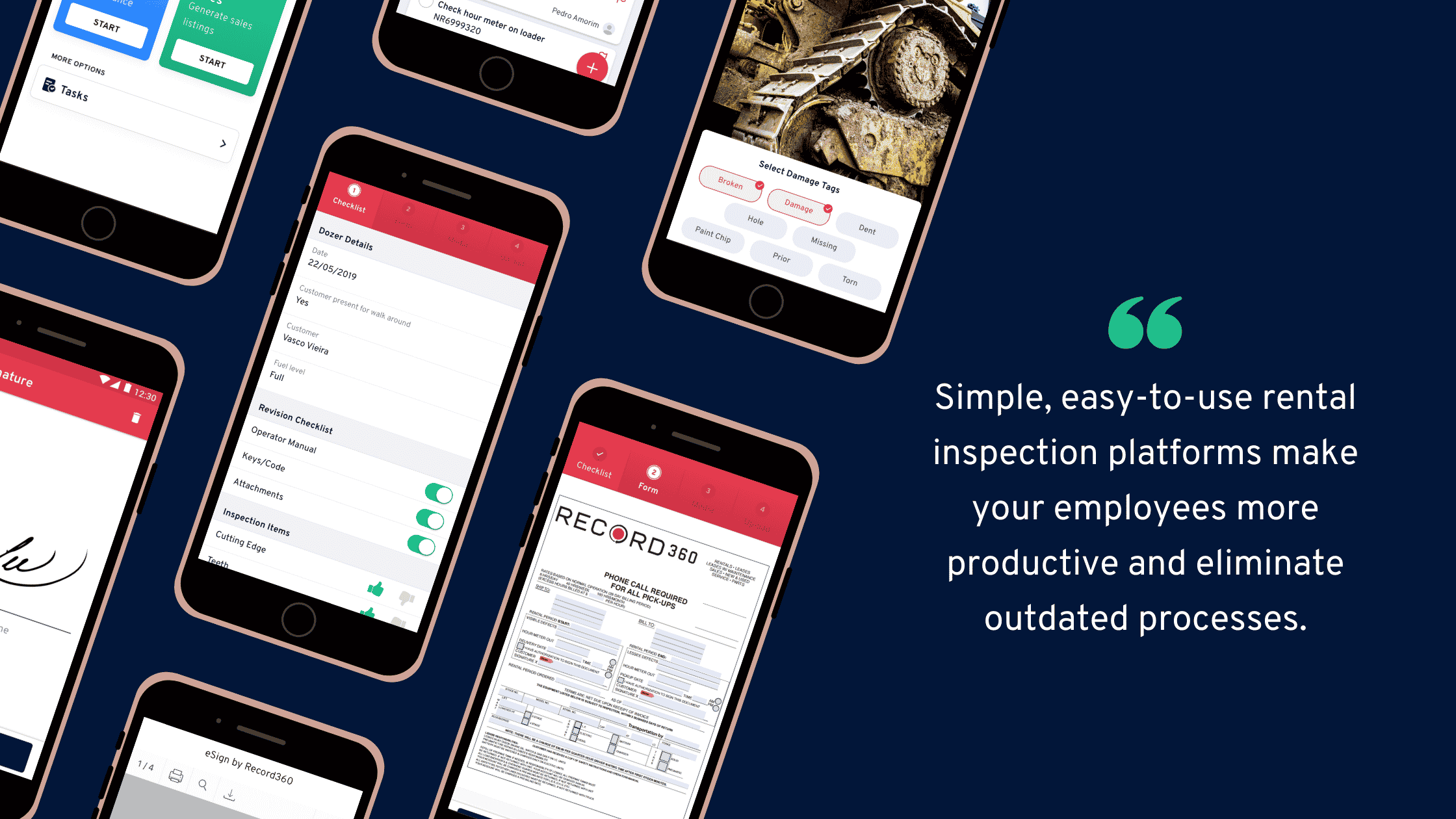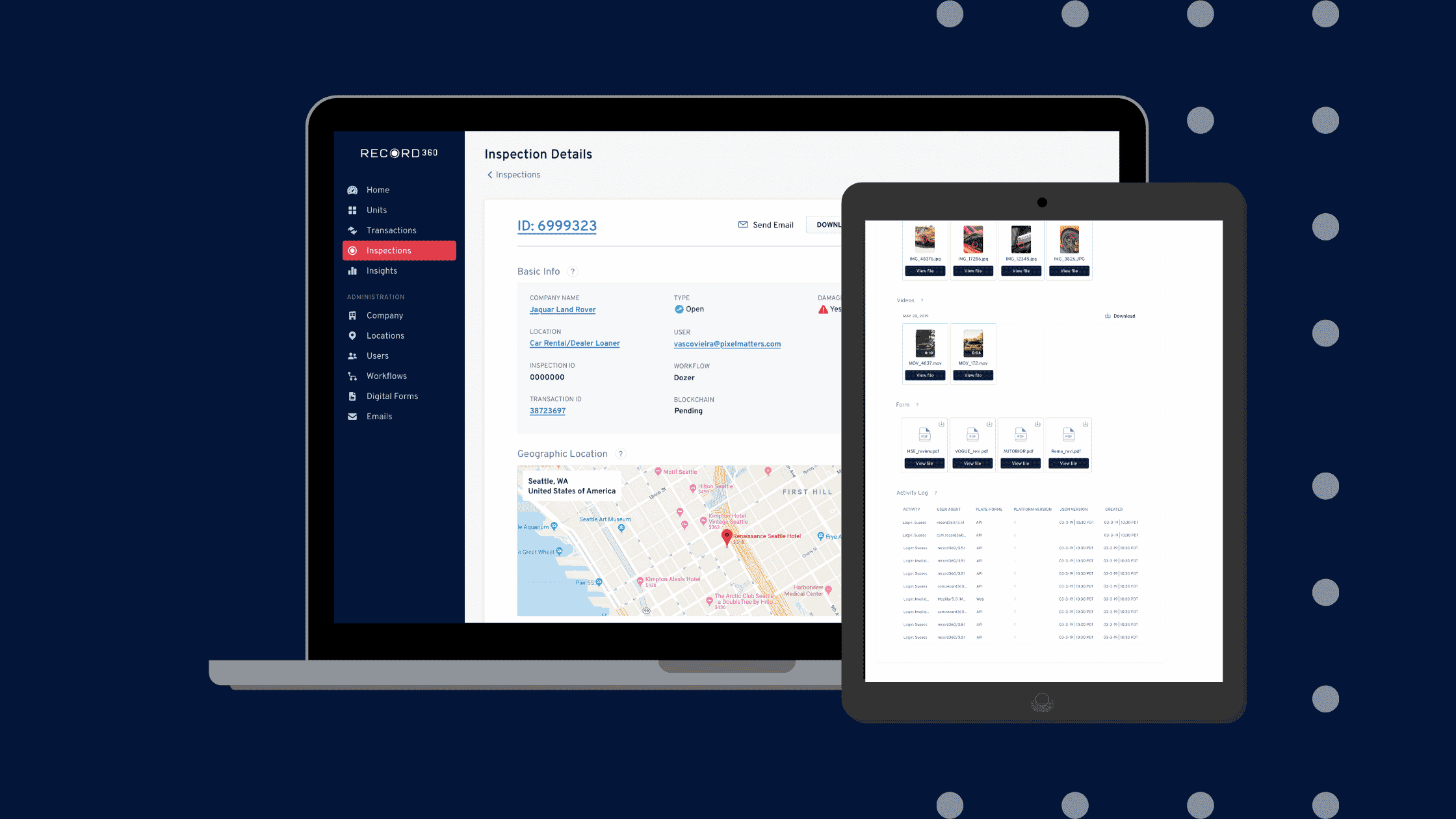If you’re in the market for a new truck, trailer, or heavy equipment, you know the feeling of excitement that comes with the prospect of a new workhorse. But as any experienced owner knows, a bad purchase can spell disaster for your business. That’s where vehicle inspection reports come in – they’re essential for making a smart, informed decision about your equipment.
A vehicle inspection report can help you avoid that nightmare by comprehensively assessing the truck, trailer, or heavy equipment’s mechanical and cosmetic condition. But it’s not just about avoiding a lemon – a vehicle inspection report can also give you peace of mind. You’ll know you’re making a smart investment in a reliable machine that can handle whatever job you throw at it.
What is a Vehicle Inspection Report?
A vehicle inspection report is a detailed document that includes all aspects of a vehicle’s condition. No stone is left unturned, ensuring that every component is thoroughly examined.
Benefits of a Vehicle Inspection Report
Identifies potential problems
This report can identify issues that might not be visible during a regular visual inspection.
Problems with the engine, transmission, brakes, suspension, and other vital components can all be spotted through a thorough inspection report. These issues can be a real headache and cost you a fortune in repairs.
But with an inspection report, you can avoid all that hassle. You’ll be able to spot any potential problems before you purchase, saving you from a lot of stress and headache in the long run.
Provides a detailed overview
Vehicle inspection reports give you a super-detailed overview of the condition of the vehicle you’re interested in buying.
It highlights any defects or issues that must be addressed so you know exactly what you’re dealing with. An inspection report gives you all the necessary information to make informed decisions.
That feeling of confidence is priceless. You’ll be able to negotiate a fair price with the seller and have peace of mind knowing that you’re getting your money’s worth.
Helps with negotiations
The vehicle inspection report provides a detailed overview of the vehicle’s condition, including any defects or issues that must be addressed. With this information, you can make an informed decision about how much the vehicle is worth.
Having that kind of knowledge is empowering. You’ll be able to confidently negotiate a fair price with the seller, knowing exactly what you’re getting yourself into.
Ensures safety
This report can help identify any safety issues that must be addressed before using the vehicle.
That kind of knowledge can be a lifesaver. That’s why it’s essential to get an inspection report before you make your purchase.
The report can identify issues like brakes, tires, steering, and other vital components that can affect the vehicle’s safety. By addressing these issues before you start using the vehicle, you’ll be able to ensure that you and your passengers are safe on the road.
Types of Vehicle Inspections
If you’re looking to buy a truck, trailer, or heavy equipment, it’s important to know that there are different types of inspections you can get to ensure you’re making a sound investment.
First up is the Pre-Purchase Inspection. This one is key, especially when you’re putting down significant money. The Pre-Purchase Inspection will assess the vehicle’s overall condition, giving you peace of mind and a clear idea of what you’re getting into.
Next is the Routine Inspection. Just like going to the doctor for a check-up, regular inspections are essential to keep your vehicle running smoothly.
Accidents happen, and if your vehicle has been in one, you’ll need an Accident Inspection to assess the damage. An accurate evaluation of the extent of the damage and necessary repairs will keep you on the road and on schedule.
Finally, there’s the Emissions Inspection. This one is required in some states to ensure your vehicle meets emissions standards. It’s not just a legal requirement but also better for the environment.
What to Expect During a Vehicle Inspection
During the inspection, the inspector will examine all the vehicle’s major components, leaving no stone unturned. Every aspect, from the engine to the electrical system, will be thoroughly evaluated to ensure everything is in tip-top shape.
After the inspection, the inspector will provide you with a detailed report that includes a checklist of all the inspected items. If any defects or issues are found during the inspection, you’ll get a detailed analysis to know exactly what needs to be fixed.
You want to feel confident in your vehicle, and a thorough inspection is a way to get it. So don’t take any chances – ensure your vehicle is in top condition by scheduling an inspection today.
The Benefits of Combining Vehicle Inspection Reports with Record360
Record360 is a digital solution that allows businesses to create detailed records of the condition of their vehicles before and after use.
Streamlines the Inspection Process
Instead of relying on paper-based inspection reports, which can be time-consuming and prone to errors, Record360 makes capturing and sharing detailed records of the vehicle’s condition easy.
Improves Accuracy
The solution allows users to capture photos, videos, and notes that provide a detailed overview of the vehicle’s condition, which can be accessed and reviewed at any time. This can help reduce disputes over damage claims and improve accountability.
Enhances Communication
Record360 allows businesses to share inspection records with relevant stakeholders, such as rental customers or leasing companies. This can help improve communication and transparency, as all parties can access the same information about the vehicle’s condition.
Increases Efficiency
With Record360, users can create and share detailed records of the vehicle’s condition, which can be accessed and reviewed at any time. This can help reduce the need for manual inspections, which can be time-consuming and prone to errors.
Interested in seeing how Record360 can help streamline your vehicle inspections? Request a demo today and see how easy it is to view detailed records of your vehicles’ condition before and after use. Our team will walk you through the features and benefits of using Record360 and answer any questions. Don’t wait – request a demo now and take the first step towards more efficient and effective fleet management.

